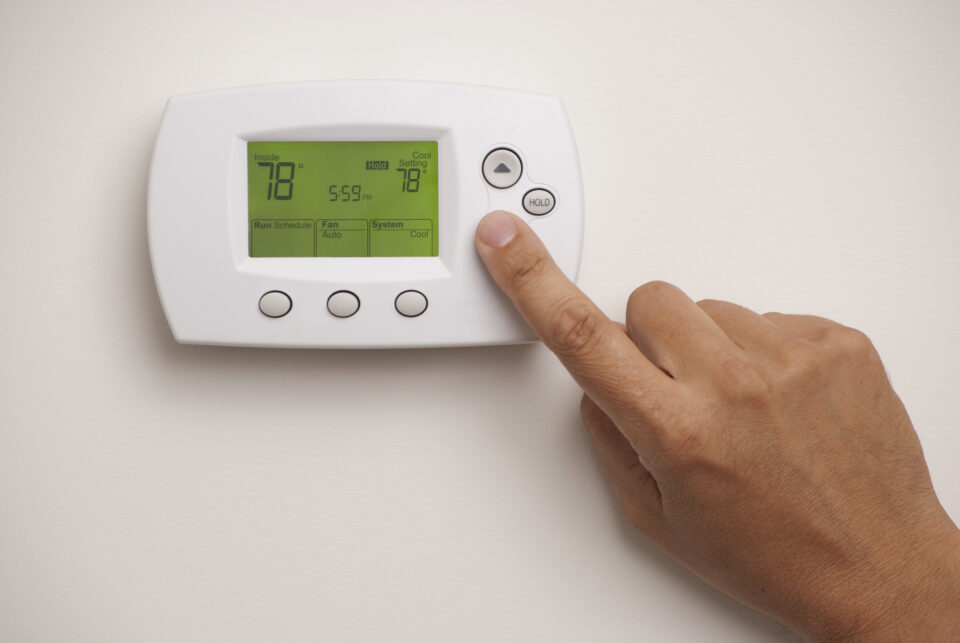Your thermostat might seem like a small, simple device, but it plays a very important role in keeping your home cool and comfortable. If it’s not working properly, your air conditioner could be running inefficiently, costing you money and leaving you sweating through the summer heat. So, how do you know if your thermostat is secretly sabotaging your AC? Let’s dive in!
Why Your Thermostat Matters
Your thermostat is the brain of your HVAC system. It communicates with your AC to maintain the desired temperature in your home. If it’s faulty, it can cause several problems, including:
- Higher Energy Bills – If your thermostat gives incorrect temperature readings, your AC might run longer than necessary, driving up energy costs.
- Inconsistent Temperatures – Ever noticed some rooms are too hot while others feel too cold? A malfunctioning thermostat could be the reason.
- AC won’t Turn On or off – If your thermostat isn’t correctly detecting the temperature, it might not signal your AC to start or stop, leading to discomfort and inefficiency.
Signs Your Thermostat Might Be the Problem
If your AC isn’t working as expected, your thermostat could be to blame. Here are a few red flags to watch for:
- Your AC Won’t Turn On or Off
If your air conditioner seems stuck running continuously or refuses to start, the issue could be a faulty thermostat connection. A simple test? Try adjusting the temperature setting by a few degrees and listen for a response from your AC. - The Temperature Feels Off
Does the room feel warmer or cooler than the thermostat’s reading? Place a separate thermometer near your thermostat to see if they match. If there’s a noticeable difference, your thermostat may not be reading the temperature correctly. - Unresponsive Controls
If adjusting your thermostat settings does nothing, or the display is blank, it could be a power issue. Try replacing the batteries if it’s battery-operated or checking the circuit breaker. - Temperature Swings Between Rooms
A broken thermostat can cause uneven cooling, meaning some areas of your home might feel comfortable while others remain too warm.
What Can You Do?
If you suspect your thermostat is the culprit, try these troubleshooting steps:
- Check the Power – Replace batteries or ensure the wiring is intact.
- Clean the Thermostat – Dust and dirt buildup can interfere with sensors.
- Recalibrate or Upgrade – If your thermostat is outdated, consider upgrading to a programmable or smart thermostat for better accuracy and efficiency.
- Call a Professional – If issues persist, a professional HVAC technician can diagnose and fix the problem efficiently.
A malfunctioning thermostat can make your AC work harder than necessary, leading to discomfort and higher energy bills. If you suspect thermostat trouble, don’t wait to contact HELP Plumbing, Heating, Cooling, and Drains for expert HVAC service today!

